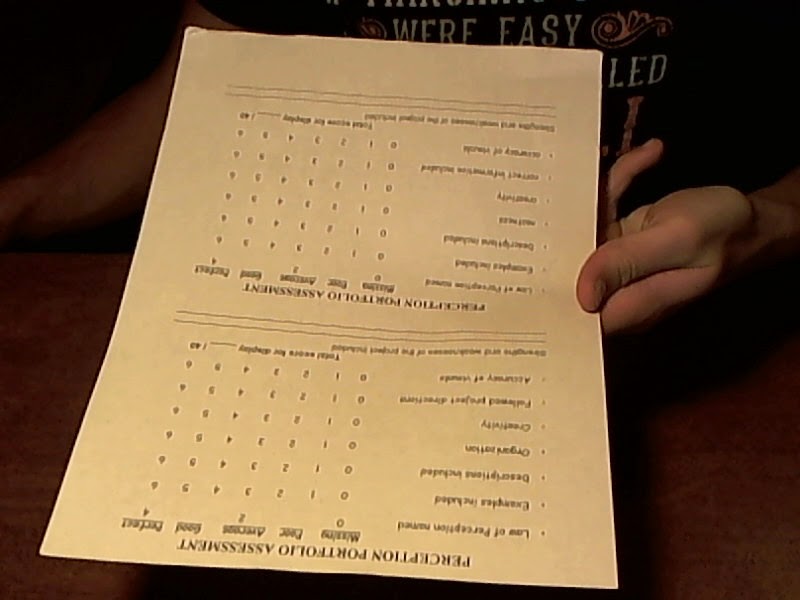Brightness Constancy
Brightness constancy is our ability to see objects as continuing to have the same brightness even though light may change their immediate sensory properties.
This is the same rubric paper. The top one has only the fan light on it whereas the bottom picture has both the fan light and the desk lamp. This is an example of brightness constancy because the paper's color and background remained the same but the lighting changed giving the illusion that it is a different colored paper.









.jpg)

